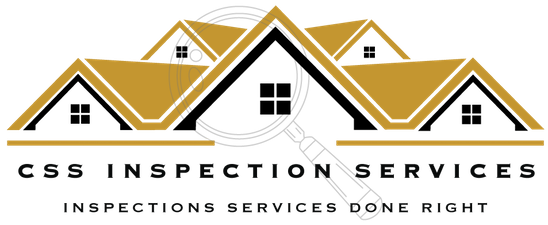10 Key Home Inspection Items you need to know
If you’re planning to sell or purchase a home, it’s important to understand the key components that can impact its overall condition and value. A home inspection is a crucial step in the home buying or selling process, as it can uncover any defects or issues that may need to be addressed before closing. There are several items that are commonly inspected during a home inspection, including the foundation, plumbing, electrical, and HVAC systems, among others. In this blog, we will explore these key components in detail and discuss why defects in these areas can cause a home to fail inspection. Understanding these potential issues can help you better prepare for a home inspection and ensure a smooth transaction. Here are 10 key items to pay attention to when getting a home inspection.
1. Foundation
The foundation is the base upon which the entire structure rests. If there are defects in the foundation, it can cause structural issues, such as cracks in walls or uneven floors. Some common defects in foundations include poor soil conditions, water damage, settlement, and inadequate reinforcement.
2. Structural
The structural components of a building include the beams, columns, walls, and roof. Defects in these components can cause major safety issues, such as collapse. Structural defects may include poor design, improper construction, damage from weather or other natural disasters, and age-related wear and tear.
3. Plumbing
Plumbing includes all the pipes, fixtures, and appliances that provide water and drainage in a building. Plumbing defects can lead to leaks, water damage, and mold growth. Common defects may include clogged or leaking pipes, malfunctioning fixtures, and inadequate water pressure.
4. Electrical
Electrical defects can be dangerous, potentially causing electrical shock or fire. Common electrical defects may include outdated wiring, overloaded circuits, and faulty outlets or switches.
5. HVAC Systems
HVAC (heating, ventilation, and air conditioning) systems are essential for maintaining a comfortable indoor environment. Defects in these systems can cause poor air quality, discomfort, and higher energy costs. Common defects may include inadequate insulation, leaky ductwork, and malfunctioning equipment.
6. Roof
The roof protects the building from the elements, but defects can lead to leaks, water damage, and mold growth. Common defects may include damaged shingles, cracks or gaps in the roof, and inadequate flashing around penetrations.
7. Drainage
Proper drainage is important for preventing water damage and maintaining a healthy indoor environment. Defects in drainage systems can lead to water accumulation and mold growth. Common defects may include clogged gutters, improper grading, and malfunctioning sump pumps.
8. Mold
Mold can grow in any damp environment and can be a health hazard, causing respiratory problems and allergies. Common causes of mold growth include water leaks, high humidity, and inadequate ventilation.
9. Infestations
Infestations of pests such as termites, rodents, and insects can cause structural damage and health issues. Common causes of infestations include poor maintenance, inadequate pest control measures, and improper storage of food or waste.
10. Maintenance
Regular maintenance is essential for keeping a building in good condition and preventing defects. Neglecting maintenance can lead to more costly repairs down the road. Common maintenance issues may include failure to repair leaks or cracks, neglecting to replace worn-out equipment or fixtures, and inadequate cleaning.
As you can see, a home inspection is an essential step in the process of buying or selling a home. It can uncover potential defects and issues that may not be apparent during a routine walkthrough. By understanding the key components that are typically inspected, such as the foundation, plumbing, electrical, HVAC systems, and more, you can better prepare for a home inspection and address any issues that may be found. Remember, regular maintenance and upkeep of your home can help prevent costly repairs and ensure a smooth inspection process. By staying on top of these important areas, you can help maintain the value and condition of your home for years to come.

